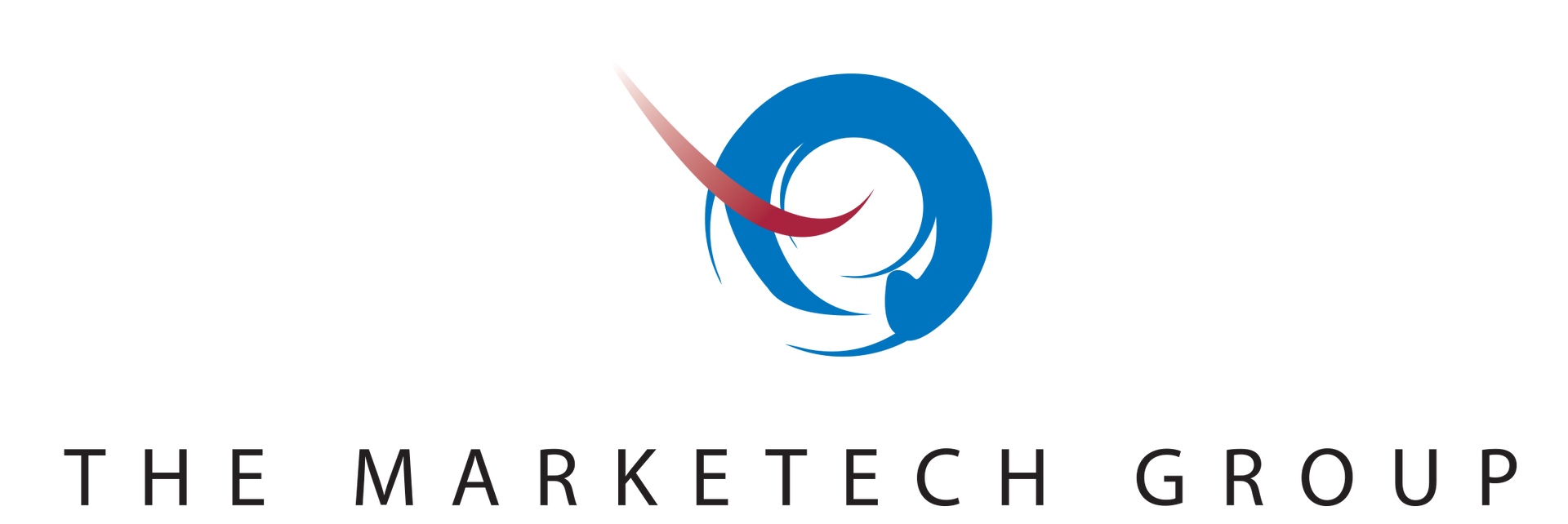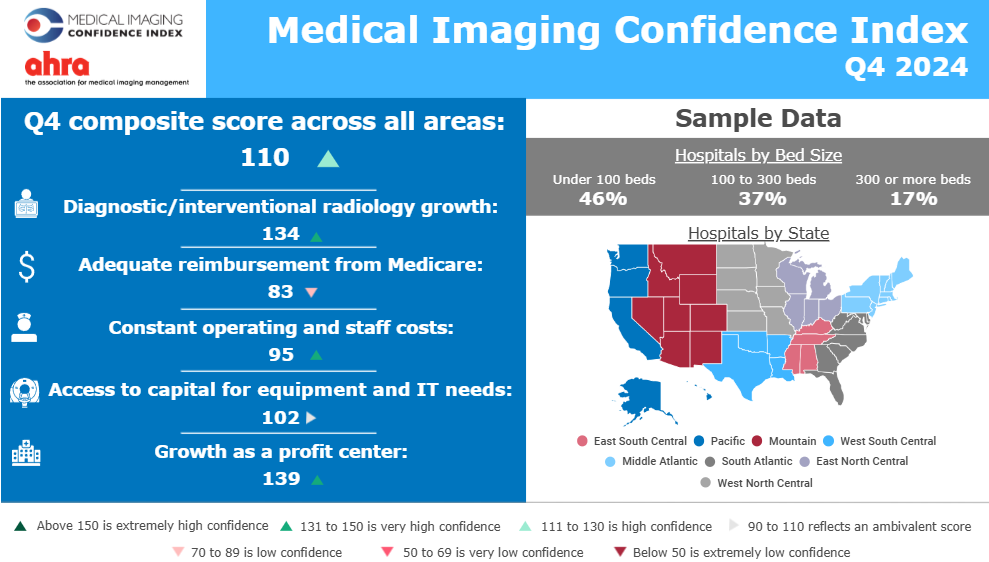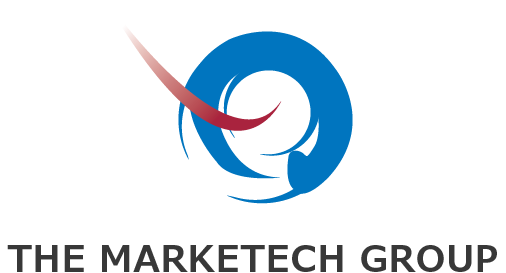The 5 "Don'ts" for a Successul IDI
Share this article:
Written by: The Marketech Group

How to lose $30million in 2 months - The overlooked art of conducting a successful in-depth interview
The Tropicana orange juice rebranding disaster is the flagship example of a failed marketing research strategy. It demonstrates the consequences of investing heavily in an advertising campaign without conducting rigorous marketing research and well-designed qualitative in-depth interviews (IDI).
In 2009, Tropicana invested $35 million in advertising their brand and packaging redesign. However, shortly after launch, sales dropped by 20% within 2 months, resulting in a loss of $30 million. Within just 30 days, the company made the decision to return to their original packaging, marking it as "The worst rebrand in history".
In depth one-on-one interviews (IDI) represent highly effective tools for marketing researchers to gather meaningful and actionable qualitative data.
The art of conducting a successful IDI requires a strategic approach and careful execution. Here at The MarkeTech Group, we have amassed nearly 30 years of experience, enabling us to share the five key practices to avoid (5 DON'T's) that have allowed us to help several companies launch effective advertising campaigns - and many other business objectives.
The 5 "Don'ts" for a Successful IDI
1. Going off script
Depending on the respondent, sometimes extra value can be collected with an off-script follow-up question, but generally, remaining faithful to the interview guide will ensure clarity, consistency, and a proper interview flow
2. Lack of Preparation
As Alexander Graham Bell said: "Before anything else, preparation is the key to success". A great amount of time and energy needs to be spent to design a well-scoped and efficient interview guide prior to conducting the first pilot IDI. Being unprepared can jeopardize everything and, in the end, be a waste of time for both the moderator, the respondent, and the client.
Examples of habits to avoid include: not logging in early (at least 10 minutes before the start), not knowing who will be interviewed, and not collecting relevant demographic information before the interview to ensure the respondent’s opinion is relevant.
3. Introducing Bias
At The MarkeTech Group, we avoid
CABSI at all costs.
Confirmation Bias:
Focusing on information that only confirms existing preconceptions.
Ex: expanding on questions that support the hypothesis, while ignoring or minimizing counterarguments.
Ancoring Effect:
Influencing a decision by providing a point of reference.
Ex: stating that the least reliable product on the market has a specificity of 30%, and asking if 45% is acceptable
Bandwagon effect:
Adopting a belief simply because others are doing so.
Ex: influencing a respondent by saying that all the previous interviewees prefer product A over product B
Stereotyping
Assuming an individual has similar characteristics to the group s/he belongs to
Ex: assuming that an older respondent will not be interested in new technologies
Illusion of Validity
Overestimating the ability to make accurate predictions when relying on incomplete data.
Ex: deciding to skip a question or a probe because most respondents reported a product feature as unnecessary.
4. Bad IT
If you cannot hear or be heard correctly, an IDI will be nothing be but a waste of time. Ensuring an excellent internet connection and microphone settings for both the interviewer and the interviewee is critical.
5. Personality Matters, and Not Knowing Everything Is Not a Sin
Do not forget, an IDI is a simple conversation between 2 individuals, and being likable while remaining professional is the balance that needs to be found to get the most out of an interview.
Last but not least, as a moderator discussing with an expert in a specific field, there is no shame in admitting not knowing a given acronym or concept, Hawking once said: "The greatest enemy of knowledge is not ignorance, it is the illusion of knowledge."




